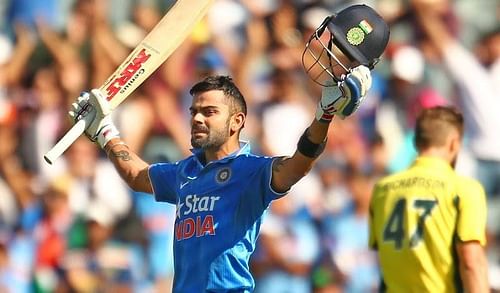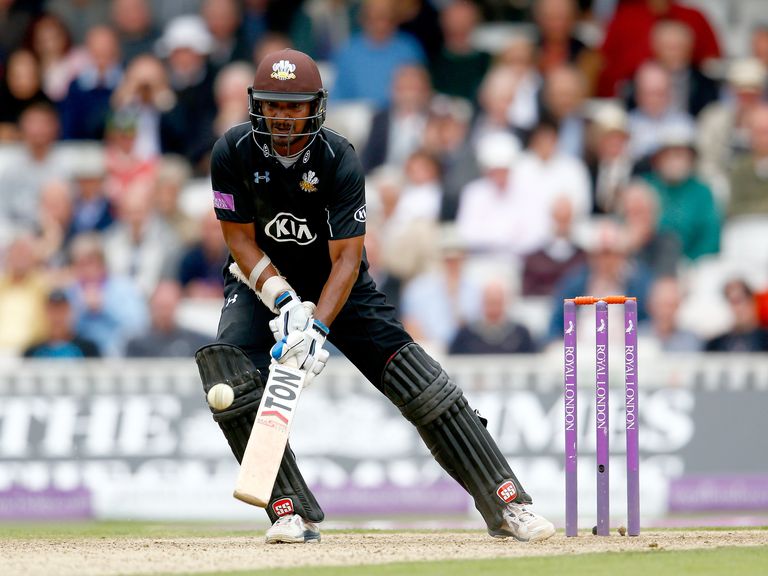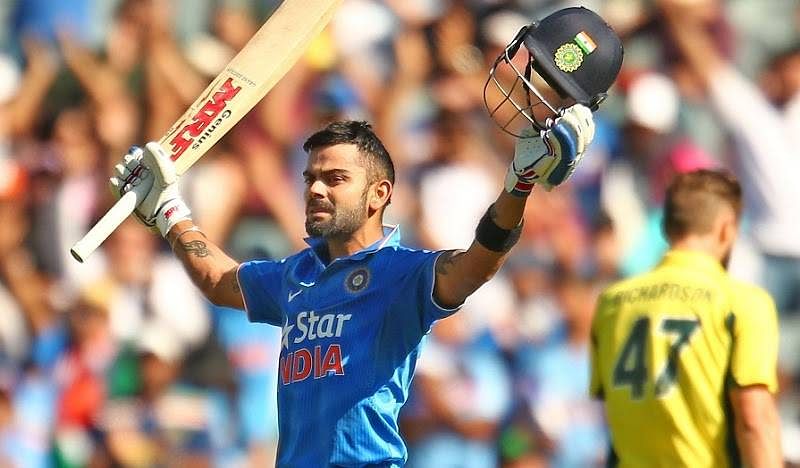
Are modern day batsmen not as good as their predecessors?
Comparing batsmen belonging to two different eras is a slippery slope. Yet, it is inevitable human nature to draw comparisons between two luminaries for a place in the heart for the best in a particular league may accommodate only one personage.
Often during the war in our mind to pick the best among players spanning different generations, our evocative nostalgia thrusts us to believe that players of the past were superior to the ones who ply their trade in the current era. The past always seems better than the present, or the future for that matter.
Thus, the accomplishments of the modern day batsmen are shirked in the pretext of batting having been difficult in the past. However, relative easiness or difficulty in batting cannot be analysed without taking into consideration factors such as the change in standards, expected outputs, cricketing culture, the approach to batting, and the increase in the influence of the media and the commercialization of the sport.
Batting hasn’t become easy, but run making has
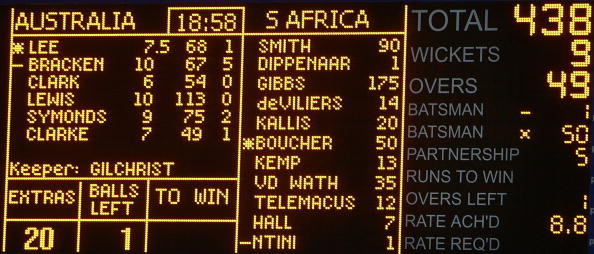
A perfunctory analysis would lay bare the fact that run making has become easy over the years. With bigger bats, better pitches and strong protective gears, the task of engendering runs has become elementary. But do more runs mean easier batting?
A plausible analogy that could be made here is the increase in the mean income of a household over different generations. On average, we make more money than our previous generation did just as how they made more money than their previous generation. But does that mean we are becoming richer with every generation? The answer is a definite no since with the rise of income, the expenditure, too, has gone up. In economics parlance, this is called an inflation.
Also read: Stats: Why we need to look beyond the 'innings per century' ratio
In cricket, too, run making has become easy. Batsmen, on average, score more runs than they did ever before. As in economics, there is an inflation of runs. However, this is not to mean batting has become easy. The effectiveness per run has gone down much like the purchasing power per unit of money. In much simpler terms, present day batsmen deal in more runs, but the overall effectiveness remains the same.
A couple of decades ago 250 was a winning score, while the winning bar has gone well above 300 in the contemporary era. Scoring 250 might be undemanding in this day and age, but that is hardly enough. Offhandedly, it could be assumed that scoring 350 in the modern era is as difficult as scoring 250 two decades ago was. The standard has gone up manifolds.
The meaning of a good technique has changed
A comparison between modern day batters and batsmen belonging to the bygone era cannot be made without mentioning the nature of wickets cricket was played on in the past. Batting was awfully difficult on the uncovered pitches of the past and the lack of knowledge about the science of making pitches meant that a lot was left to chance.
There is no way that the modern day batsmen could have survived on erratic pitches of the past with their present abilities. And hence, it could be easily assumed that the batsmen of the past were more technically equipped and thus were better than their successors. However, how relevant is a batsman’s ability to play, for instance, on a wet wicket on the modern day belters?
In other words, can batsmen, who were experts in warding off the prospect of getting dismissed, be successful on the batting paradises of our millennium, where batsmen are expected to find the boundaries at a greater frequency?
If the technique is an organised set of solutions for a problem, then, it must be said, the meaning of what a good technique is has changed since the problems have changed too. If countering swing and seam was a problem in the past, now in the docile surfaces batsmen encounter, the problem is hitting boundaries at a very high frequency. A good technique in modern times is any technique that helps you hit sixes and fours at will.
This could be further substantiated by the fact that batsmen with an impeccable technique often find themselves discarded from the limited over sides. Batsmen like Cheteshwar Pujara, Alastair Cook, Dimuth Karunaratne and Kaushal Silva have become pariahs in the limited over formats since their ability to counter what have hitherto been the fundamental problems to a batsman such as a swing, seem, drift and spin is no more relevant in the shorter formats.
Also read: Does an All-time cricket XI do justice to players of different eras?
Of course, batsmen with a sound orthodox technique such as Virat Kohli, Joe Root, and Kane Williamson are doing exceptionally well in the shorter formats, but their successes can only be ascribed to the fact they have a solution to the problem of finding boundaries often.
It would be difficult for a batsman like Sunil Gavaskar or Rahul Dravid to survive in the shorter formats now just as how one cannot expect some of the exhilarating modern day batsmen to have done well in the past. Cricket, over the years, has changed so much that the modern day cricket can almost be considered a different sport in comparison to what cricket was decades ago.
Technology haunts batsmen too
It is a well-established fact that technology affects bowlers as each and every movement of them could be analysed to their atomic level thanks to the high-speed cameras. There is no way a bowler can hide a variation from a batsman for too long in the present world.
But we often fail to acknowledge how technology is helping bowlers exploit batsmen’s weaknesses too. In the era during which video cameras were a rarity, batsmen could have survived for a considerable period of time with gaping glitches in their technique. Now even a slight weakness against a particular type of line or length, or the inability to play a particular stroke gets compromised in a jiffy.
In the past, a batsman could have enjoyed scoring the bulk of his runs on one particular part of the ground, whereas in the modern era, the secret hankering is easily found out and the region is plugged, forcing the batsman to hit the ball into his less-preferred regions. Technology requires modern day batsmen to be almost perfect to be able to survive.
Versatility has become paramount to survival
In the past, a batsman had the luxury of prolonging his career by mastering just one aspect of batting. There were batsmen who were known for their running between wickets, there was a batsman who specialised in pinch-hitting, there were batsmen who were good finishers and there were those who mastered the art of anchoring innings.
But in the modern times, the lines among these various aspects have become blurry as different skills have started overlapping each other. Now, a batsman is expected to be versatile. A pinch-hitter who can’t bat long or run quick singles has become a liability as have brilliant batsmen who are poor in the field. Unlike in the past, there is a high demand for batsmen to be fit, athletic and multi-faceted.
There was a time when batsmen hardly employed the sweep shot. Now, survival has become tougher without the fangled scoops and switch-hits. Of course, Virat Kohli hardly plays these shots including the sweep, but he is what he is - an exception by all stretch.
The mortals are expected to perfect everything in the textbook and things beyond. There cannot simply be a place in the wagon-wheel that a batsman can casually shirk - shots all around the ground are expected in a batsman’s resume, including behind the wicket keeper.
In the modern day, batsmen cannot indulge themselves in taking too much time to settle in too. Balls that could have been defended without much criticism in the past are now expected to be hit away. The yorker, a perfect wicket-taking, run-saving ball if executed properly, has also become a delivery that a batsman is forced to try to score off.
Does that mean modern day batsmen are better than their predecessors?
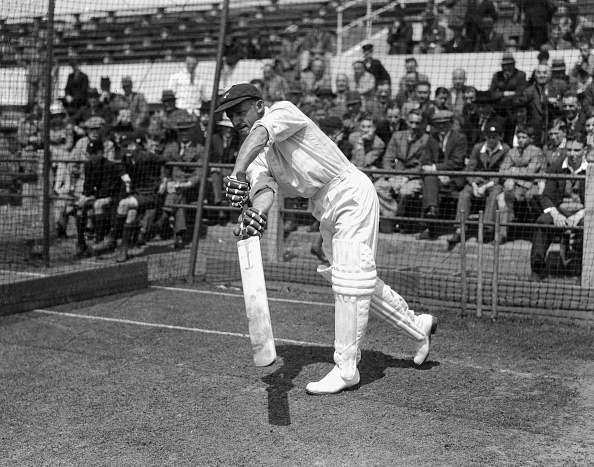
The intention of this article is not to extoll batsmen from the era at the expense of batsmen from another era. Instead, the point that this article is trying to get across is that batting in modern times is completely different from what it was before. The task of a batsman has neither become easy or difficult, unlike run scoring.
So how do you rank batsmen belonging to different eras, you may ask. In my humble opinion, the only factor that can be considered in judging batsmen belonging to different eras is their adaptability. Donald Bradman, though he had to contend with treacherous surfaces, never had to play in too many different conditions or had to contend with three different formats.
Virat Kohli, though he has the luxury of batting on placid pitches, has to battle three different formats and counter many different conditions and unlike in the past, the time players get to acclimatise to different conditions is very small.
Given Bradman’s record, it is reasonable to assume that he could have effortlessly adapted himself to the three different formats. And Kohli’s mastery over all three formats shows that he wouldn’t have had much difficulty on uncovered pitches, for his career bespeaks his fast adaptability to different challenges.
It is not in any way an attempt at comparing two great batsmen, but rather this is an effort to assert the fact that Kohli, or any other modern batsman for that matter, is not in any way any less of a batsman for plying their trade on batting friendly pitches. Yes, run making has become easy, but the standard for batsmen has gone sky-high!
